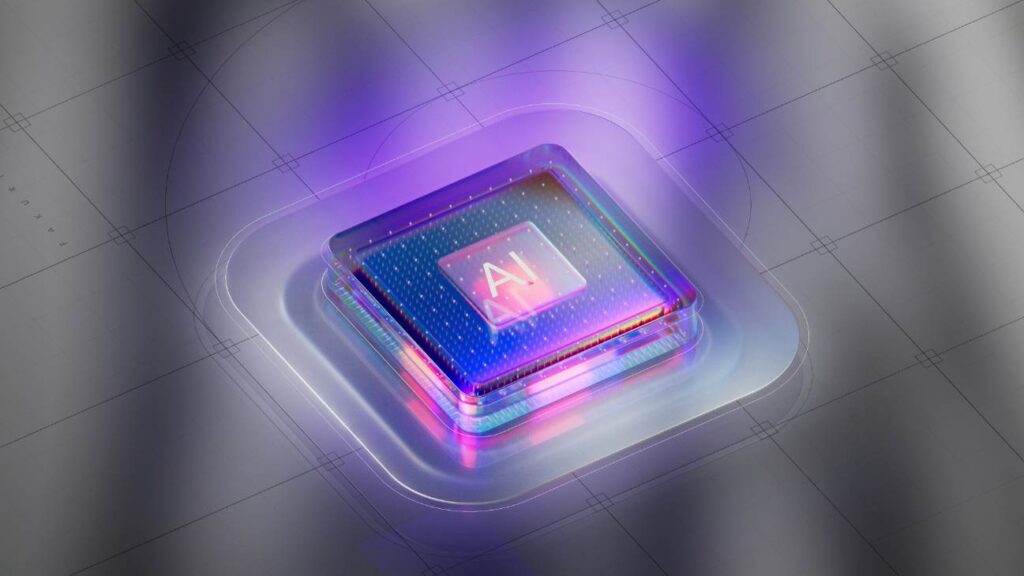In the rapidly evolving landscape of technology, businesses are increasingly turning to automation to streamline operations, enhance efficiency, and drive growth. Automated Business Processes (ABP) stand at the forefront of this transformation, leveraging advanced technologies like Reinforcement Learning and AI Workflow Automation Software. This article delves into the latest trends, industry applications, and technical insights associated with these innovations, shedding light on how companies are harnessing their power to navigate today’s competitive environment.
.
**Understanding Automated Business Processes**
Automated Business Processes refer to the various organizational activities that are managed and executed through automated systems and technologies. These processes are often designed to replace repetitive, time-consuming tasks, enabling businesses to allocate their human resources to more strategic functions. According to a report by McKinsey, companies that implement automation in their operations can reduce operational costs by up to 30%, highlighting the efficiency benefits of adopting ABP.
.
**The Role of Reinforcement Learning in Automation**
Reinforcement Learning (RL) is a machine learning paradigm that enables systems to learn optimal behavior through trial and error. This technique is particularly useful in scenarios where traditional rule-based approaches fall short. In the context of automation, RL can optimize processes by dynamically adjusting to new inputs and environments.
For instance, in a manufacturing setting, RL can be employed to control robotic arms in assembly lines. By continuously learning from previous actions, these robotic systems become more efficient in their tasks, reducing errors and enhancing production rates. A case study conducted by DeepMind illustrated how RL was applied in a simulated environment to optimize resources in data centers, resulting in a 15% reduction in energy consumption.
.
**AI Workflow Automation Software: The Backbone of Automation**
AI Workflow Automation Software acts as the backbone for implementing automated business processes. It integrates various tasks and systems to create seamless workflows that enhance productivity. Software solutions such as UiPath, Automation Anywhere, and Blue Prism utilize machine learning algorithms to automate routine tasks, providing businesses with the flexibility to adapt to changing demands.
These automation tools not only facilitate efficiency but also improve accuracy in task execution. According to Gartner, AI-powered automation can significantly enhance decision-making processes by providing real-time insights and recommendations. This suggests that businesses leveraging AI Workflow Automation Software will likely gain a competitive advantage by operating more reliably and swiftly.
.
**Current Trends in Automation and Reinforcement Learning**
As industries continue to embrace automation, several trends are emerging. One significant trend is the convergence of AI and automation, where technologies work hand-in-hand to improve efficiency and performance. For example, companies are increasingly using predictive analytics powered by AI to inform their automation strategies, allowing them to make proactive adjustments to workflows.
Another trend is the growing applicability of Reinforcement Learning in various domains beyond manufacturing. In customer service, for instance, RL algorithms are used to optimize chatbots and virtual assistants, enhancing their capability to resolve queries effectively. A report from Harvard Business Review highlighted that businesses utilizing AI and RL in customer-facing applications have seen a notable improvement in customer satisfaction ratings.
.
**Industry Applications: From Manufacturing to Healthcare**
Different industries are adopting automated business processes and reinforcement learning, each with distinct applications suited to their demands. In manufacturing, automation has enabled precision and speed that would be impossible to achieve manually. Companies are employing RL algorithms to predict machinery maintenance needs, ultimately reducing downtime and boosting productivity.
In the healthcare sector, automation is transforming patient care and administrative processes. AI Workflow Automation Software can automate patient scheduling, billing, and even certain diagnostic procedures. Additionally, RL models are being investigated to optimize treatment plans by analyzing patient responses to various therapies, leading to more personalized healthcare.
.
**Technical Insights: Navigating the Automation Landscape**
Implementing automation in business processes requires careful consideration of technical requirements. Organizations need to assess their existing IT infrastructure and determine how best to integrate automation tools. This involves understanding data flows, identifying bottlenecks, and evaluating the interoperability of various systems.
Security concerns also play a pivotal role in the adoption of automated solutions. As businesses automate processes that handle sensitive data, the risk of cyber threats increases. Therefore, incorporating robust cybersecurity measures into AI Workflow Automation Software is essential to protect confidential information and maintain compliance with regulations.
.
**Challenges and Solutions in Automation Implementation**
Despite the myriad of benefits, businesses face several challenges when implementing automated processes. A common obstacle is resistance from employees who fear that automation will lead to job losses. To counter this, organizations can focus on upskilling their workforce, redefining roles that emphasize creative and strategic thinking over routine tasks.
Another issue is the potential for algorithmic bias in automated systems, particularly those utilizing reinforcement learning. Companies should prioritize transparency in their AI models and strive for inclusivity in data collection to mitigate biases that may arise.
.
**Industry Use Cases: Success Stories of Automation**
Numerous organizations have successfully executed automated business processes, yielding impressive results. For instance, the multinational corporation Siemens implemented an AI-powered automation solution in its manufacturing units, streamlining production and reducing lead times by over 30%. This integration of AI and automation has significantly bolstered Siemens’ productivity and competitiveness.
Similarly, the healthcare provider Aetna has successfully utilized AI Workflow Automation Software to automate claims processing, resulting in a faster turnaround time and increased customer satisfaction. By leveraging automation, Aetna has been able to allocate more resources to patient care, demonstrating the potential of these technologies in enhancing service delivery.
.
**Conclusion: The Future of Business Processes is Automated**
The shift towards automated business processes, underpinned by reinforcement learning and AI workflow solutions, is reshaping industries across the globe. As businesses continue to navigate uncertain landscapes, automation offers essential pathways to resilience and growth. By recognizing the importance of implementing these technologies, organizations not only enhance their operational efficiencies but also position themselves as leaders in their respective sectors.
As we look to the future, the potential applications of automated business processes and reinforcement learning will continue to evolve, creating exciting opportunities for innovation and collaboration. Investing in these technologies is no longer a luxury but a necessity for companies committed to thriving in the digital age.
.
In conclusion, with advancements in AI and automation technologies, businesses can better understand their processes, optimize their operations, and secure a significant competitive edge in an increasingly fast-paced environment. Whether through enhanced manufacturing capabilities, revitalized healthcare systems, or improved customer interactions, the benefits are clear and compelling. The future indeed lies in automation, and it’s up to industries to harness its full potential.


























